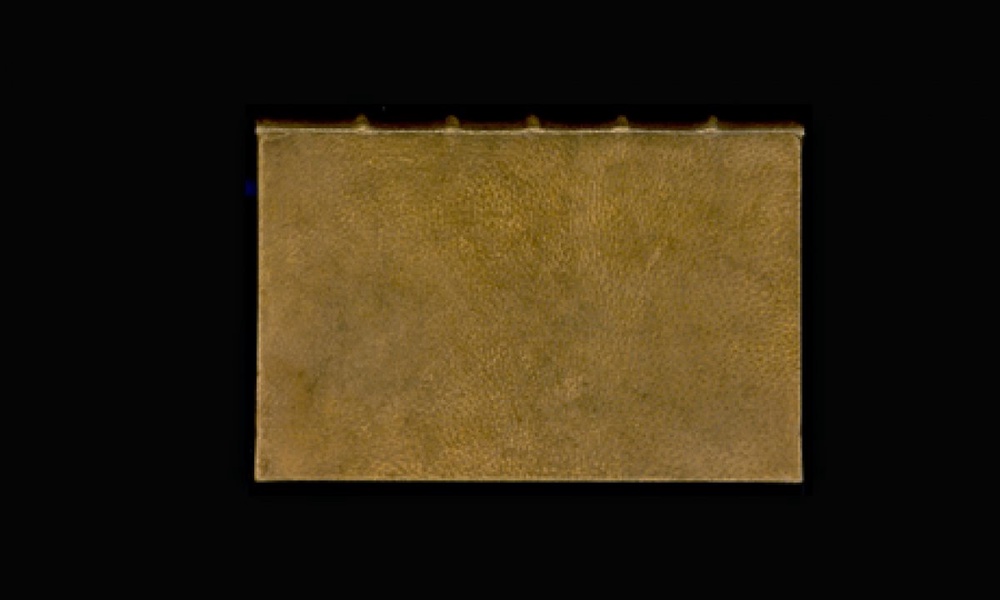
Harvard University scientists have confirmed that a 19th century French treatise in its libraries is bound in human skin, Harvard University said this week, after a bevvy of scientific testing, AFP reports.





Harvard University scientists have confirmed that a 19th century French treatise in its libraries is bound in human skin, Harvard University said this week, after a bevvy of scientific testing, AFP reports.
Arsene Houssaye's "Des destinees de l'ame" (On the destiny of the soul) is part of the antique book collection of the university's Houghton Library, which specializes in rare and antique works.
Harvard conservators and scientists used several methods to test the origin of the book binding material, using microscopic samples.
Through these tests, they were able to exclude the possibility that the book cover was made from the skin of a goat, a sheep or another animal.
"They are 99 percent confident that the binding is of human origin," said a post on the library's blog, citing senior rare book conservator Alan Puglia.
The conclusions confirm the veracity of a handwritten note in French found in the book, which said the book was bound "in human skin parchment."
"By looking carefully, you easily distinguish the pores of the skin," added the note, written by a doctor who was a friend of Houssaye, who lived 1815-1896.
"A book about the human soul deserved to have a human covering," explained the doctor, Ludovic Bouland.
Bouland said the skin was taken from the back of a woman who suffered from mental illness and had died of a heart attack.
The doctor said he had another book bound in human skin in his personal collection that was tanned with sumac.
Harvard said that "Des destinees de l'ame" was the only book in its collection bound in human flesh.
However, the practice, called anthropodermic bibliopegy, was once somewhat common, the university said.
"There are many accounts of similar occurrences in the 19th century, in which the bodies of executed criminals were donated to science, and the skins given to tanners and bookbinders," the library's blog entry said.
Two other books thought to be bound in human skin, from Harvard's law library and its medical library, were also analyzed, but the tests revealed the binding was sheepskin.

 +7 (777) 001 44 99
+7 (777) 001 44 99



 Қазақша
Қазақша Русский
Русский English
English













































